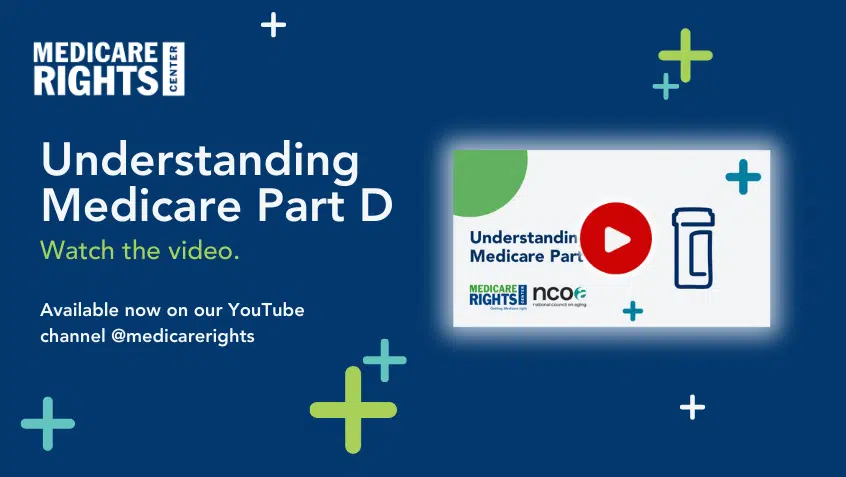Join Us Live for a Discussion on Medicare, Democracy, and the Future of Health Care
Administration Outlines Goals and Steps Toward Health Equity

This week, the Centers for Medicare & Medicaid Services (CMS) outlined an action plan to drive health equity. CMS’s vision focuses on changing both the agency itself and encouraging health leaders to make their own commitments to advance health equity.
CMS defines health equity as “the attainment of the highest level of health for all people, where everyone has a fair and just opportunity to attain their optimal health regardless of race, ethnicity, disability, sexual orientation, gender identity, socioeconomic status, geography, preferred language, and other factors that affect access to care and health outcomes.”
Despite Medicare’s progress in reducing disparities in insurance coverage, challenges persist. The COVID-19 pandemic has exacerbated many underlying structural problems, often leaving racial and ethnic minorities with worse outcomes, poorer health, more chronic conditions, higher rates of COVID infection, and higher death rates. Reducing sexual orientation and gender discrimination in health care is also urgent. Many LGBTQ+ individuals have significant challenges finding able and willing providers, and LGBTQ+ individuals who are over age 50 are especially likely to experience pronounced health disparities.
CMS’s new strategy includes several agency-wide goals to help address this, such as closing the gaps in health care access, quality, and outcomes for underserved populations; promoting culturally and linguistically appropriate services; increasing enrollment outreach; and expanding and standardizing the collection and use of data, including on race, ethnicity, preferred language, sexual orientation, gender identity, disability, income, and geography.
In addition, CMS highlighted goals and strategies for its various subagencies. For example, the Office of Minority Health will continue to play a significant role, by providing technical assistance, training materials, and outreach to improve services and access to care.
For its part, the Center for Medicare’s outlined equity work includes proposals to require information in multiple languages and to give beneficiaries more information so that they can assess Medicare Advantage and Part D plans on their performance on health equity measures.
The Medicare-Medicaid Coordination Office—the office that works to ensure those who are dually eligible for both Medicare and Medicaid have access to appropriate care—flags potential improvements in coordination between the two programs and in outreach on Medicare Savings Programs, which help those with lower incomes better afford their coverage and care.
Other divisions of CMS, including Medicaid, the Innovation Center, and the office that oversees Affordable Care Act plans, also include their specific goals and actions.
At Medicare Rights, we are encouraged by this focus on equity and ensuring all people have access to the coverage and care they need to improve their well-being, their health, and their financial security. We applaud these steps and urge CMS to continue this important work.
Show Comments
We welcome thoughtful, respectful discussion on our website. To maintain a safe and constructive environment, comments that include profanity or violent, threatening language will be hidden. We may ban commentors who repeatedly cross these guidelines.
Help Us Protect & Strengthen Medicare
Donate today and make a lasting impact
More than 67 million people rely on Medicare—but many still face barriers to the care they need. With your support, we provide free, unbiased help to people navigating Medicare and work across the country with federal and state advocates to protect Medicare’s future and address the needs of those it serves.
The Latest
Most Read
Add Medicare to Your Inbox
Sign up to receive Medicare news, policy developments, and other useful updates from the Medicare Rights.
View this profile on InstagramMedicare Rights Center (@medicarerights) • Instagram photos and videos









